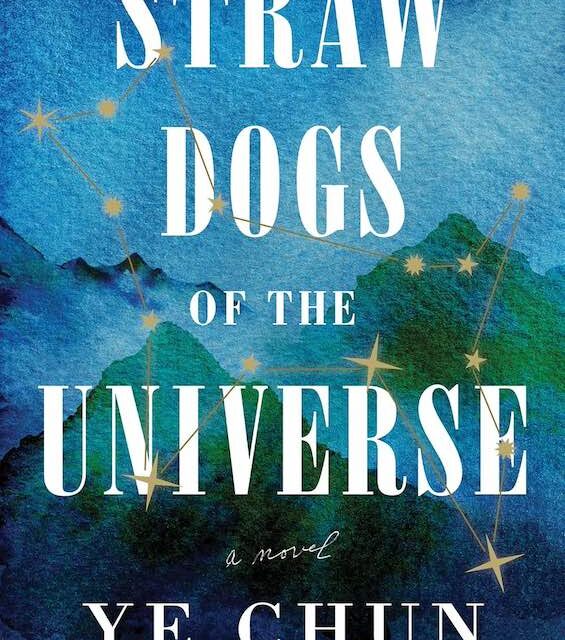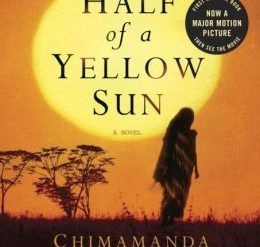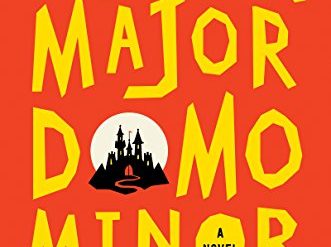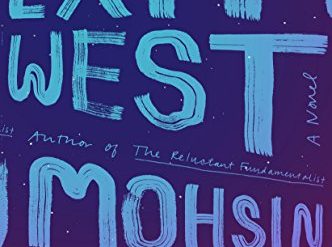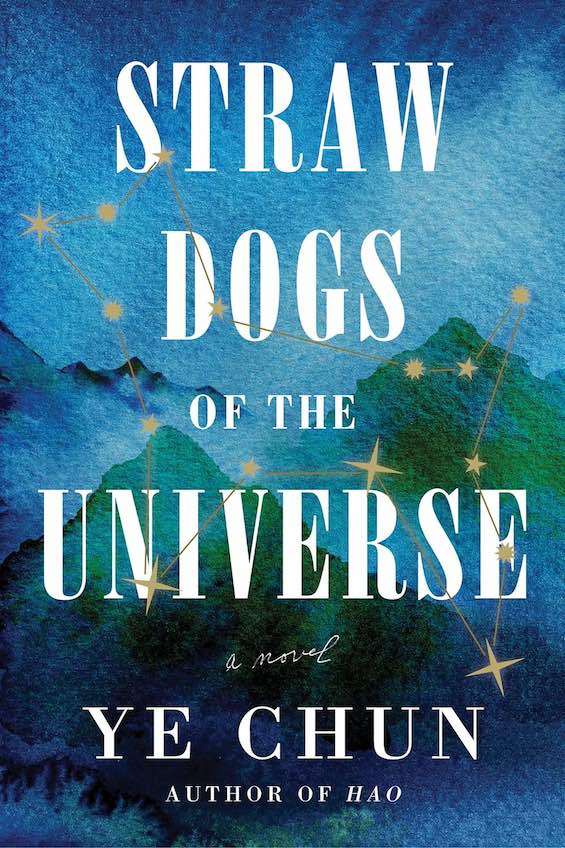
The Chinese who flocked to America in the mid-19th century encountered racism and violence unmatched in ferocity by any other immigrant population to our shores. Many encountered mobs who burned their homes and murdered them wholesale—and a government that sided with their attackers. Even in the quiet times between pogroms, they met with hostility a hair’s breadth away from murderous rage. So, the question arises how they could possibly have endured. And that’s the question at the heart of Ye Chun’s explosive debut novel about Chinese immigrants, Straw Dogs of the Universe.
Estimated reading time: 4 minutes
Four compelling central characters
The action in Straw Dogs of the Universe spans the two decades from 1865 to 1885, ending three years after the passage of the Chinese Exclusion Act of 1882. Four Chinese immigrants anchor the story:
- Guifeng, who deserted his pregnant bride to follow in his father’s footsteps to the fabled land of Gold Mountain
- Guifeng’s pre-teen daughter, Sixiang, sold by her mother to a human trafficker in the midst of a terrible famine
- Feiyan, a village teenager who sells herself into prostitution in America. She runs to escape charges for murdering her abusive husband in his sleep
- Daoshi, the scion of a long line of Daoist priests. In California, he performs half-remembered rituals for the workers on the transcontinental railroad.
Read this book, and you’re unlikely to forget any one of these compelling characters.
Straw Dogs of the Universe by Ye Chun (2023) 336 pages ★★★★★
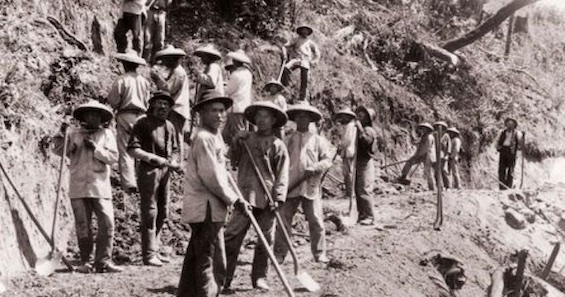
A story of love, sacrifice, and endurance
We follow ten-year-old Sixiang through a wretched month on the troubled seas of the Pacific crossing, trapped in fetid air and constant sea sickness in the hold of a sailing ship. A six-year-old child, her bunkmate, dies of fever and is tossed overboard. And when Sixiang arrives in San Francisco, she is auctioned off to a Chinese family seeking a household slave. The wife of the man who bought her is unrelentingly cruel.
Then the scene shifts two years later to Guifeng, working high in the Sierras laying track for the Union Pacific. And jumps ahead another decade to follow as Daoshi gets his nickname, which means “Daoist priest.” He begins the career that will last him much of his lifetime. Later, as our perspective constantly shifts forward and back through time, we meet Feiyan on her journey from daughter and wife to five years as a prostitute before escaping the tong that owns the brothel.
Gradually, a fully-fleshed picture emerges of these four venturesome immigrants as they traverse the shaky ground of California. In Straw Dogs of the Universe, Ye Chun tells a troubling yet beautiful story of love, sacrifice, and endurance through conditions no one should ever be asked to suffer.
About the author

Ye Chun—Ye is her surname, in the Chinese fashion—was born in Luoyang, China. She emigrated to the US in 1999. Here, she attended the University of Virginia, where she received a master’s degree in poetry. Later, she received a PhD in Literature and Creative Writing from the University of Missouri. She has written an acclaimed book of short stories and won an award for one of her two books of poetry. Straw Dogs is her first novel in English. She has also published a novel in Chinese.
Ye has also translated four volumes from Chinese to English. She teaches at Providence College in Rhode Island.
For related reading
For another outstanding novel about the Chinese immigrant experience, see Four Treasures of the Sky by Jenny Tinghui Zhang (The Chinese immigrant experience in 19th-century America).
You’ll find books on related themes at:
- 30 insightful books about China
- 25 most enlightening historical novels
- Top 10 historical mysteries and thrillers
- Top 20 popular books for understanding American history
And you can always find my most popular reviews, and the most recent ones, on the Home Page.

